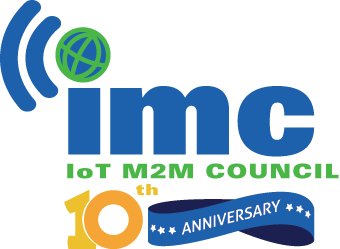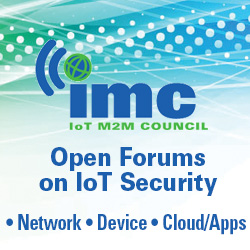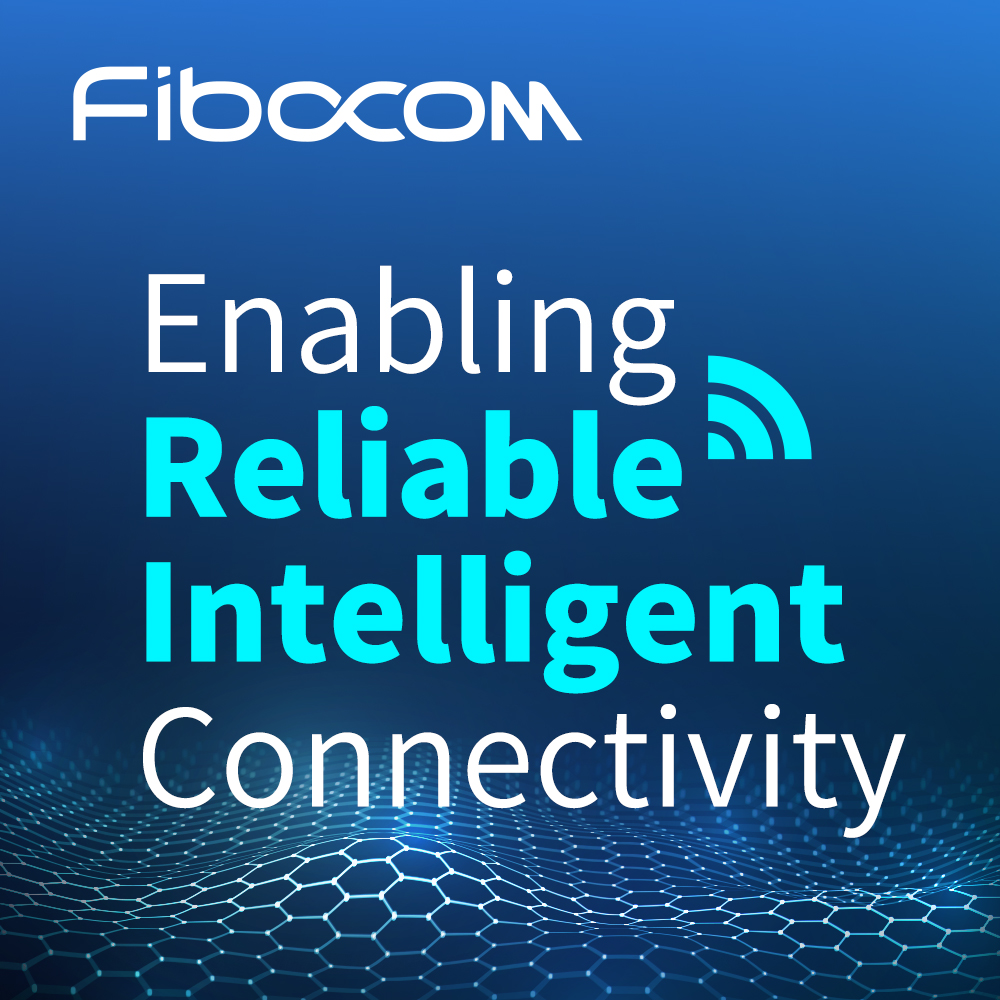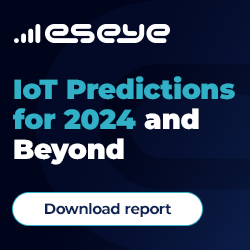Why the IoT is giving off sparks
- December 23, 2022
- Steve Rogerson
Steve Rogerson looks at how IoT technology is changing the way energy is distributed and consumed.

If there is one industry where the IoT is part of a complete transformation, then it has to be the energy sector. The roll out of smart meters, once seen as a clever way to save utilities money by not having to employ armies of meter readers, is now a necessary technology as the industry prepares to handle the massive increases in usage as drivers switch to electric vehicles almost totally over next decade or so.
Part of this change involves integrating a growing base of renewable energy sources into the grids and allowing homeowners to sell electricity back to the grid from rooftop solar panels and fully charged EVs in the garage. All this needs balancing and IoT is playing a crucial part in that.
In fact, the future grid will probably look like a collection of microgrids, with each building having its own microgrid connected to the larger grid. That is the vision of Alex Bazhinov, president of Lumin, speaking at the recent IMC Consumer IoT Summit on grid sustainability.
He said each building would have to do its own real-time balancing of electricity from the main grid and the local sources just mentioned. These microgrids will interact with each other to provide services to the broader grid.
The grid today, he said, was not ready to take on the new load caused by EVs and that was a big problem. Solving this will all be about managing what is happening at the edge of the grid using energy management platforms being fed information from an army of sensors so usage and supply can be monitored and controlled allowing programmes that reward people for using electricity at different times to be as dynamic as needed.
Mike Fahrion, CTO at MultiTech, agreed, saying devices and distributed energy resources (DERs) needed to be connected across the grid. Jitender Vohra, senior director at Telit, said the IoT could step in here to improve sustainability and reduce energy consumption. The IoT, he said, would help utilities keep an eye on their networks. Luigi Capobianco, SVP at FloLive, went further saying the IoT could help reduce water consumption, optimise power distribution, optimise waste management and disposal, save fuel, reduce CO2 emissions, and reduce energy consumption through applications such as connected street lighting.
What was also clear from the panel was that the move to cleaner energy was not only good for the environment but these days made financial sense as well. As Bazhinov pointed out, the industry has learned how to deploy solar panels at scale. And one of the beauties of clean energy was it could be generated locally in buildings, neighbourhoods and cities.
Fahrion said sustainability, efficiency and effectiveness were highly correlated with a financial interest that was very well aligned. Making better use of resources reduces waste.
Electricity distributors now want deep insights into how end users are consuming electricity and with that comes vast amounts of data that need not just capturing and storing but analysing in real time in ways that let utilities respond quickly to what is happening. All this is being controlled by the IoT.
Devices needed to be connected in real time, explained Bazhinov, and that was very different to what the industry had seen before. We are talking thousands of readings per second, and that cannot be handled by traditional networks.
Vohra believes the IoT will be a gamechanger for sustainability as we create a network of smart things that will make the industry more productive. As more devices go from dumb to smart, they will share data with each other seamlessly and use machine learning to analyse those data in real time. This, said Vohra, will see processes running faster, achieve efficiencies and make savings. And all this will be better for the environment.
Fahrion warned though that the data themselves do not make money. That happens when you adapt your business practices to use those data, and that is a harder process than deploying the technology itself. Capobianco added that how to use the data was more important than how to capture the data,
And the energy industry has to do this quickly. As Bazhinov concluded, there is no way the grid can handle a large number of people switching their cars to EVs. If they all changed today, the grid would collapse. EV charging will only be allowed at certain times and at certain prices, changing the way users view electricity as something that is just there when you flick the switch. This will be an interesting problem to solve.




